How The Netherlands Became World’s First Country With No Stray Dogs on the Streets
Pets, as cherished members of our families, deserve rights and protections that ...
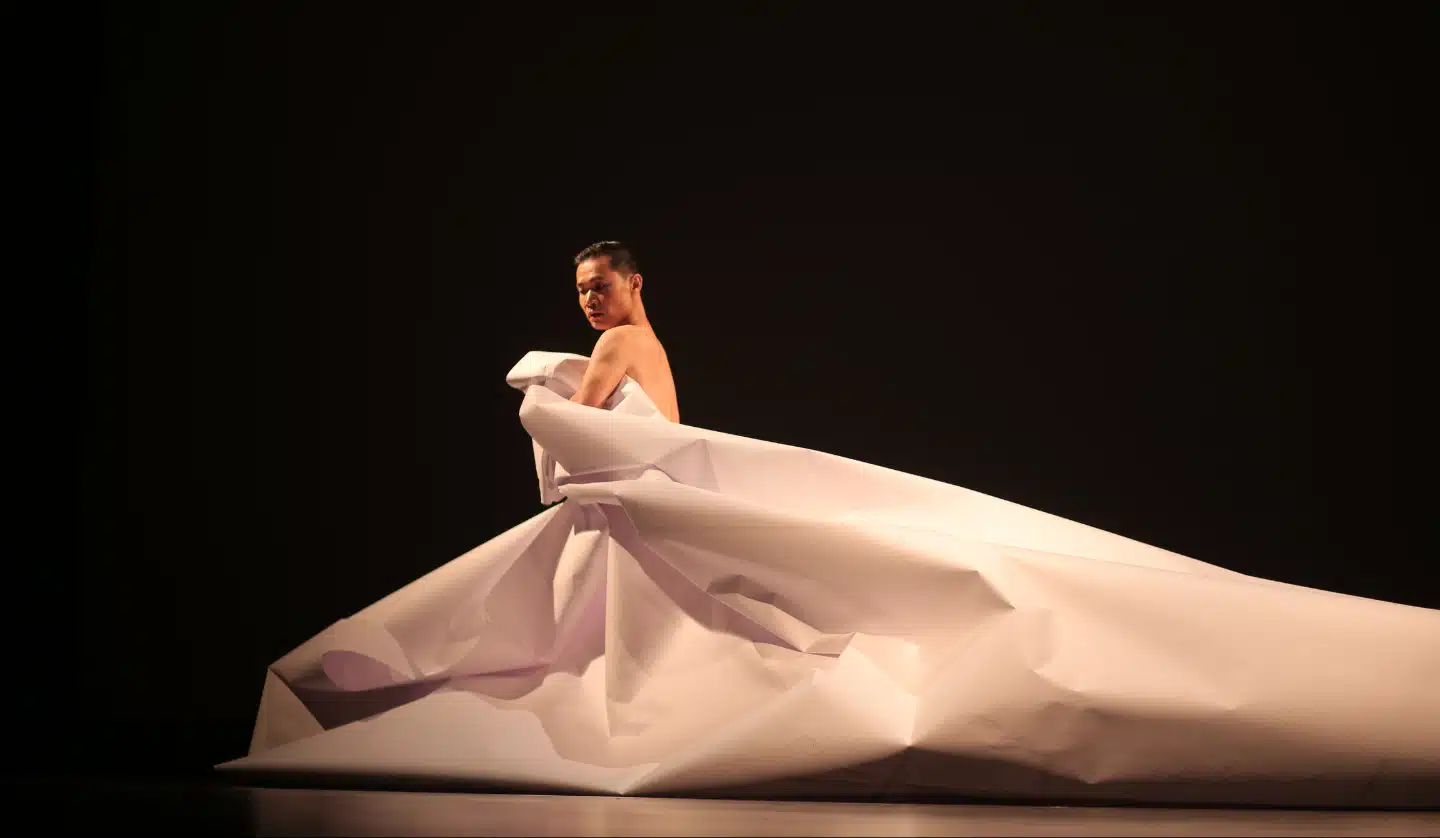
Culture grows from everyday lives of communities through their traditions, beliefs, celebrations, and even the ways in which they work. It’s beautiful to see how people grow alongside their locales, transforming values and memories into the things they love. But along the way some traditions may fade, including precious ones like art, performance, and music.
For Ronnarong “Ong” Khampha, culture is what gives art its depth, grounding creativity in identity and history. An artist celebrated for his choreography, directing, and performance, Ong is also the founder of Khampha Dance, where he explores the intersection of Lanna cultural heritage and contemporary movement.
We sat down with Ong to talk about his journey, how he preserves tradition while pushing dance forward, and how culture continues to shape the stories he tells on stage.
“During my teenage years, I saw my grandmother wearing a sarong to the temple, surrounded by the music and dance of Lanna culture. I felt lucky because I enjoyed this tradition even though it might look old-fashioned to others.”
Born in Pong District, Phayao, Ong grew up at the crossroads of old and new. While the world around him was changing, where wearing jeans meant being cool, he was in love with the traditions he saw his parents and grandparents practising. He often says he feels fortunate to have witnessed the old and new worlds overlap before his eyes. Visits to the temple with his family exposed him to live performances of traditional music, which sparked his desire to study it more deeply.
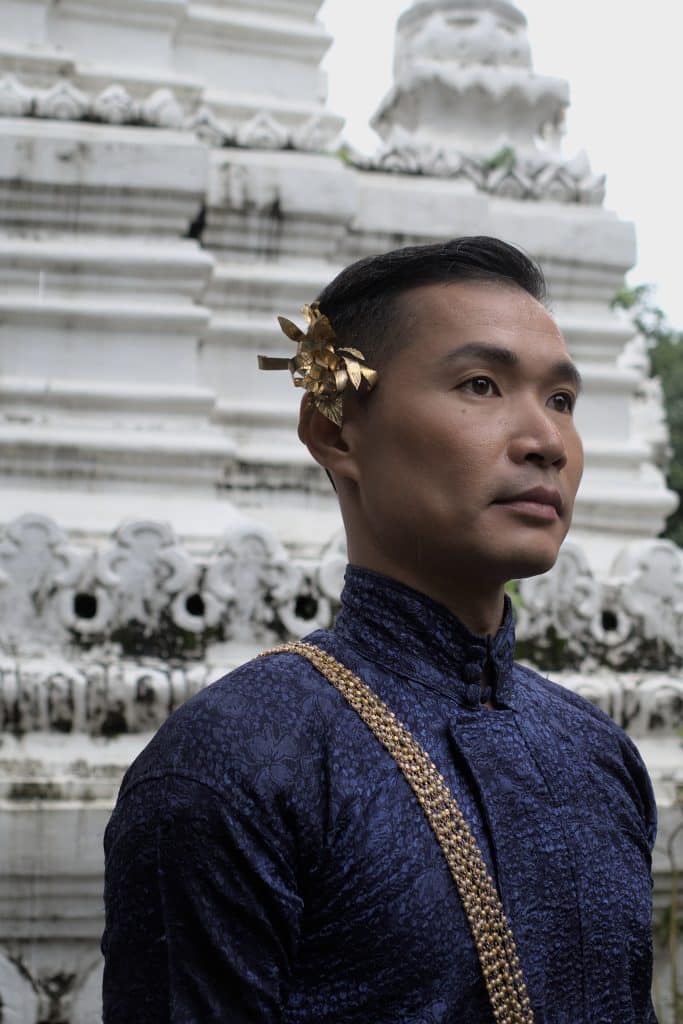
Courtesy of Ronnarong Khampha
He later graduated from the Faculty of Fine Arts at Chiang Mai University, in the Thai Arts programme. His professors often took students to small villages across Northern Thailand, where they explored the roots of Lanna culture and transformed traditions into something relevant for the present day. During that time his professor also offered him the chance to dance at events.
“Though it might have started as a way to get free food,” he laughed, “I wholeheartedly enjoyed the dancing.”
After graduation, Ong went to Indonesia to study Javanese dance, where he met dancers who used traditional forms as the basis for contemporary performance. This inspired him to reflect on his own roots: if they could reinterpret their culture through movement, why couldn’t he do the same with Lanna heritage? From family traditions to university experiences, Ong came to see his culture with pride and recognised the importance of reimagining it for the future.
“I started small, gathering with friends to organise cultural events in Chiang Mai,” Ong recalled. “From there, it spread across Thailand.”
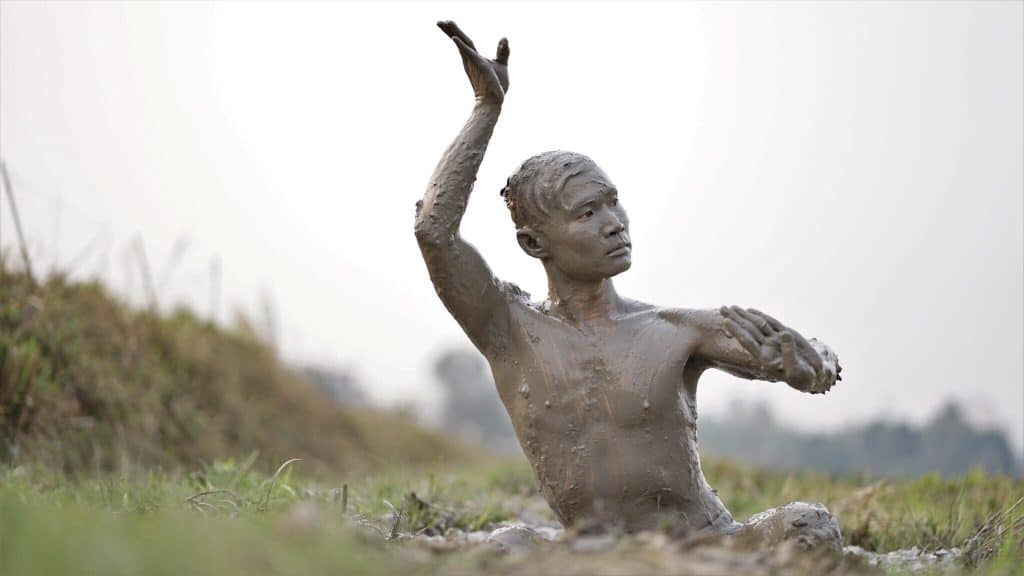
Courtesy of Ronnarong Khampha
“I’ve always begun my work with a story I want to tell, or a concept I want to explore.”
When Ong speaks about his process, it becomes clear how powerful and impactful his work is. Every piece unfolds a different story, where sound and movement trade places in carrying emotion.
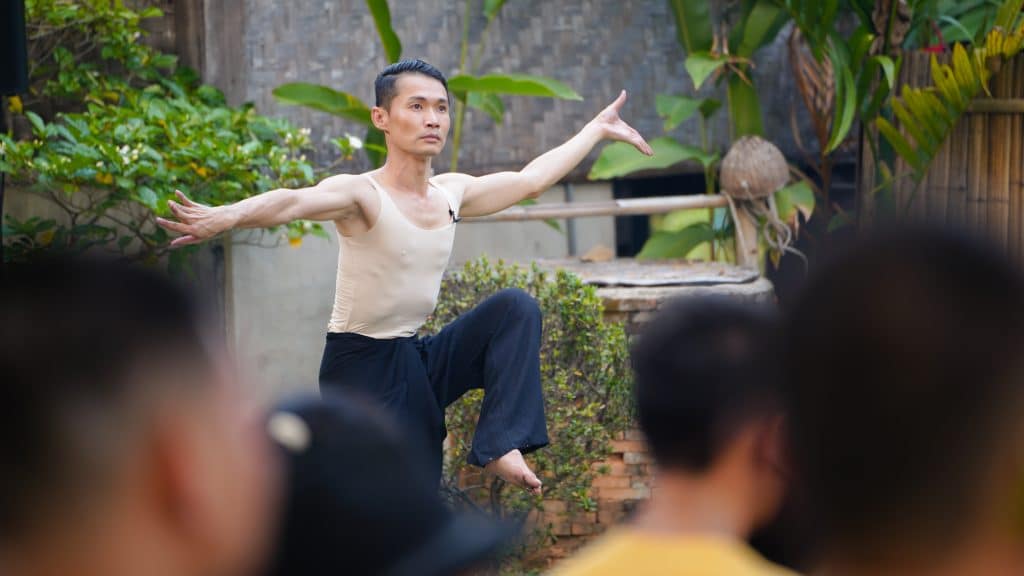
Courtesy of Ronnarong Khampha
One of his works, a solo performance called Me, is a biography of his struggles and the challenges he faced with gender norms. It premiered in 2012 at the American Dance Festival in Colorado, before travelling across the globe to stages in Korea, Singapore, Indonesia, Japan and beyond.
“At first, performing my own story felt a bit embarrassing. I was afraid people wouldn’t want to hear it. But it turned out that parts of it resonated with the audience, and they could adapt it into their own stories, and that was greatly appreciated.”
Courtesy of Ronnarong Khampha
The show drew inspiration from Ong’s childhood memories of watching his mother perform as a dancer at the temple, later recreating those movements at home using simple substitutes including tissue paper in place of a traditional shawl, rolled paper to imitate the ornate fingernails of fon lep (Lanna nail dance). Despite their simplicity, these minimal objects carried a surprisingly powerful message, reflecting the lack of support for LGBTQ individuals at the time. It revealed how Ong pours himself into every story he tells, shaping what he loves and what he believes in, and offering it to the world with unflinching boldness.
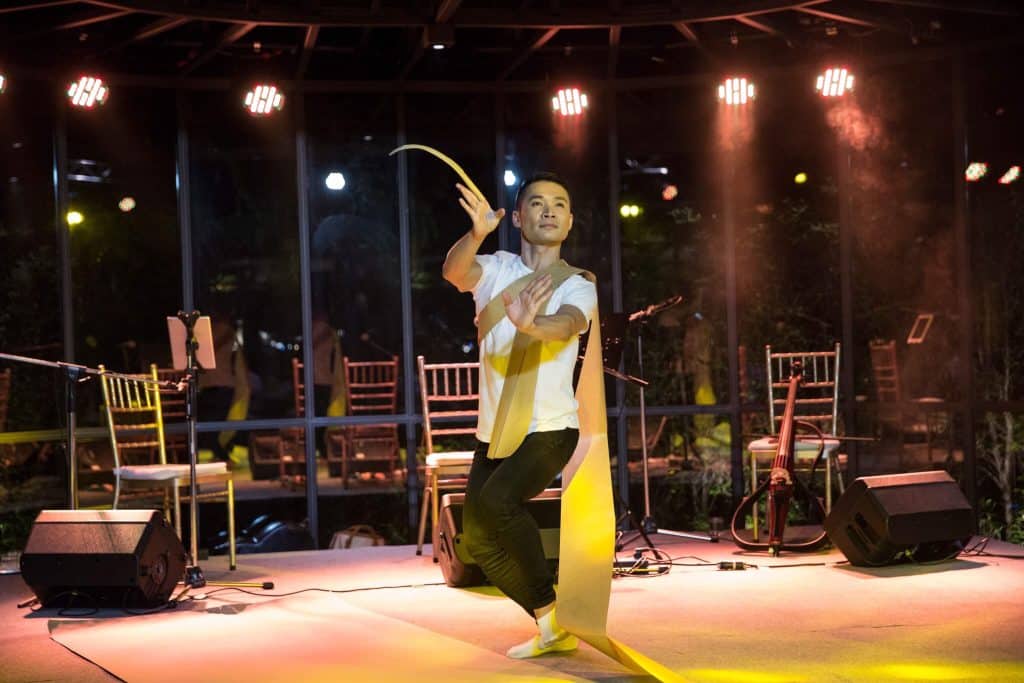
Courtesy of Khampha Dance
“My goal remains the same: to bring Lanna culture to the global stage. Over time it has expanded to include inspiring a new generation who love Lanna culture to experience it and create contemporary art from it.”
His dream continues to evolve, pushing boundaries and reshaping culture even as he preserves it. This year, the project that excites him most is the ALaLa Project in Chiang Mai, scheduled for October. In it, he will dive into the semiotics of tattooing, exploring why the Lanna people once marked their bodies whether as a symbol of masculinity, a form of protection, or something more profound. He also asks: what might it feel like for those in the LGBTQ community who resisted or stood apart from these traditions? From there, he will translate these layered meanings into movement, crafting choreography that echoes the gestures and ritual acts of tattooing itself. That’s all we’ll reveal for now, the rest is yours to discover this October.
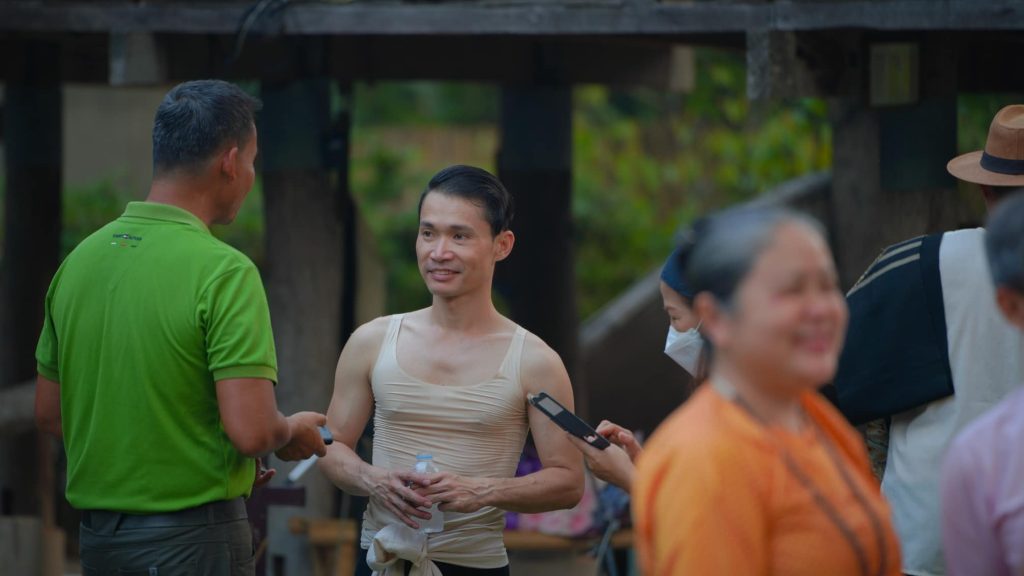
Courtesy of Khampha Dance
“As a Lanna representative artist, I want people who come to see my work to not only experience our culture but also develop a genuine interest in it. When I performed abroad, I realised that many foreigners are familiar only with Khon or traditional Thai dance in general, but they know very little about Lanna culture and the regional diversity within Thailand. I hope my art can offer them a deeper perspective on Thai arts and inspire further exploration of our unique cultural heritage.”
And lastly, he leaves us a message, hoping to further inspire others who have faced challenges in creating art:
“I want to send my support to all performing artists, as I know how much courage and encouragement it takes to overcome struggles, including financial challenges, especially for small independent artists like us. I hope everyone can find their own way to fully express their art and live their life as an artist to the fullest.”
Pets, as cherished members of our families, deserve rights and protections that ...
Wandering around the globe, try out the signature tastes of cultures across ...
These top 5 barber shops in Bangkok are where gentlemen can elevate ...
Sailorr and Molly Santana’s black grills fuse hip-hop swagger with homage to ...
Athalie de Koning combines her passions for music and mental health advocacy ...
Severe floods hit Southern Thailand. Humanitarian aid, infrastructure planning, and cautious travel ...
Wee use cookies to deliver your best experience on our website. By using our website, you consent to our cookies in accordance with our cookies policy and privacy policy